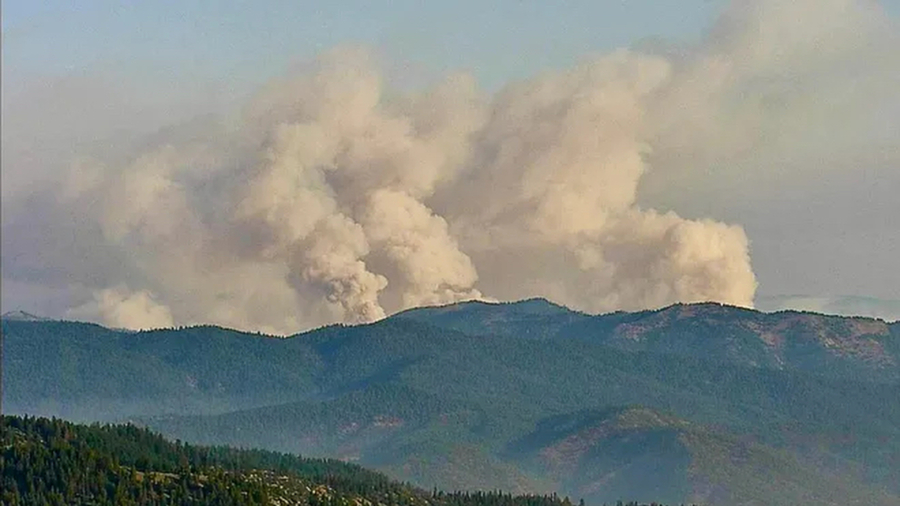The American Lung Association’s (ALA) 2023 report (pdf) revealed positive and negative trends. Though ozone pollution has dropped, particle pollution is on the rise.
The ALA’s 24th “State of the Air” report compiles data gathered from 2019 through 2021. National totals, as well as results per state, are published in the report.
The report measured three types of pollution—ozone pollution, short-term particle pollution, and annual average particle pollution.
Particulate matter pollution, technically called PM2.5, increases the risk of health issues like pneumonia, lung cancer, cardiovascular disease, and even dementia. Meanwhile, ozone pollution can cause coughing, shortness of breath, asthma attacks, etc.
From 2019 to 2021, more than one in three Americans—nearly 120 million people—lived in places with failing grades for unhealthy ozone or particle pollution levels. That is 17 million less than last year’s report, which spanned the 2018-2020 timeframe.
The improvement results from falling ozone levels, which the report attributed to the impact of the Clean Air Act in 1970. Since then, emissions of outdoor air pollutants, including ozone and particle pollution, have fallen by 78 percent, according to the U.S. Environmental Protection Agency (EPA).
However, when it comes to fine particle pollution, nearly 64 million people across 111 counties in ten states experienced days with “hazardous levels” of particle pollution. According to the report, this is the highest number in ten years.
Hazardous levels of ozone were experienced by 103 million.
Most counties affected by particle pollution are situated West of the Rocky Mountains. “Wildfires in the western U.S. are a major contributing factor to the increasing number of days and severity of unhealthy levels of particle pollution,” the report stated.
The report attributed the steep spike in wildfires entirely to climate change, although critics have pointed to other causes, such as lacking forest management.
“Catastrophic wildfires are caused by an overabundance of fuel,” Lacy Schoen, former National Forest Association deputy director, told NTD in 2021. “What I mean by that is too much vegetation.”
Many areas most affected by air pollution also have high numbers of persons of color and poor. Thus, “the burden of living with unhealthy air is not shared equally,” the report stated.
The ALA listed several recommended actions for local, state, and federal governments.
Local governments were advised to “reduce city- and county-wide emissions by supporting walking, biking, and transit and zero-emission-vehicle infrastructure.” The ALA report recommended purchasing zero-emission fleet vehicles and investing in clean energy sources.
State governments were advised to set new electricity standards and told to “not allow for the increased use of biomass or municipal solid waste for electricity because of their contributions to particle pollution.”
As for the federal government, the report called the 2022 Inflation Reduction Act a “major victory” for its significant investments in reducing air pollution.
The report was firm in its conclusion: “EPA must finalize strong new emissions standards that transition the nation’s cars and trucks to zero-emission vehicles,” adding that the EPA must further tighten national standards for particulate matter and ozone.


